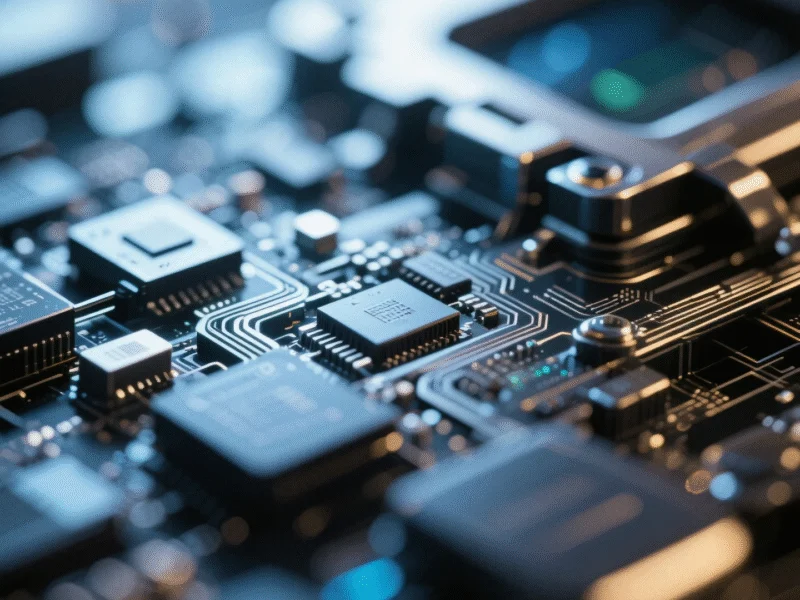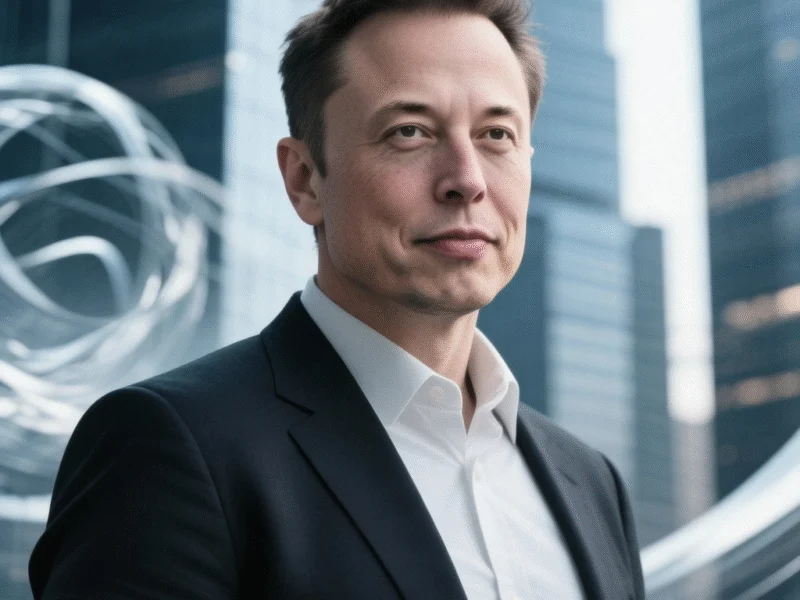**
This year’s Nobel Prize in economics offers profound insights about AI risk and technological innovation that every policymaker should understand. As someone working in AI policy, I frequently encounter existential fears about artificial intelligence, but the real danger lies in society’s inability to adapt to rapid technological change. The 2025 economics laureates—Joel Mokyr, Philippe Aghion, and Peter Howitt—provide the framework for understanding why innovation creates both prosperity and conflict, with direct applications to today’s AI debates. Their collective work demonstrates that managing technological transition, not preventing progress, represents our greatest challenge.
Why This Nobel Prize Matters For AI Policy
The Nobel Committee awarded the 2025 economics prize to Joel Mokyr, Philippe Aghion, and Peter Howitt for their groundbreaking work on innovation-driven growth. According to the official Nobel announcement, their research explains why some societies experience sustained economic growth while others stagnate. Professor Kerstin Enflo of Lund University emphasized during the prize presentation that while innovation drives prosperity, it inevitably creates disruption that requires careful management—a lesson directly applicable to today’s AI revolution.
The Historical Pattern Of Technological Resistance
History reveals that resistance to new technologies typically stems from social disruption rather than the technology itself. During the Industrial Revolution, Luddite textile workers destroyed machines not because they opposed progress, but because the technology threatened their livelihoods and bargaining power. Mokyr’s research extensively documents how cultural attitudes toward innovation determine whether societies harness technological advances successfully. This historical perspective helps explain current AI anxieties, where fears about job displacement and economic inequality often manifest as broader concerns about artificial intelligence itself.
Modern AI Debates Echo Historical Innovation Conflicts
Today’s AI discourse mirrors historical innovation tensions with two dominant perspectives:
- Doomers who fear existential risk from uncontrollable AI systems
- Accelerationists who view rapid AI deployment as inevitable and desirable
Between these extremes lies the pragmatic reality that societies must adapt to technological change. Recent AI risk analysis suggests that governance challenges, not apocalyptic scenarios, represent our most immediate concern. As industry experts note, the key challenge involves developing frameworks that ensure safety without stifling innovation.
Creative Destruction And AI’s Economic Impact
The concept of creative destruction, formalized by Aghion and Howitt in their influential 1992 model, perfectly explains AI’s dual nature. Their framework demonstrates how innovation simultaneously creates and destroys economic value, with new technologies displacing established industries and employment patterns. This dynamic is clearly visible in AI’s impact across sectors, where automation threatens certain jobs while creating entirely new categories of work. Additional coverage from Harvard research confirms that societies embracing this renewal process tend to achieve more sustainable growth.
Building Adaptive Institutions For The AI Era
The Nobel laureates’ work suggests that successful technological adaptation requires flexible institutions capable of managing transition. As data from economic policy discussions indicates, countries with robust education systems, social safety nets, and responsive governance structures typically navigate technological disruption more successfully. The challenge with AI lies in its unprecedented pace of development, which may outstrip our institutional capacity to adapt. Related analysis suggests that proactive policy-making, rather than reactive regulation, will determine whether societies harness AI’s benefits or suffer its disruptive consequences.
Navigating AI’s Future With Nobel Insights
The 2025 Nobel economics prize provides invaluable guidance for navigating AI’s complex landscape. By understanding innovation as both an economic driver and source of social tension, we can develop more nuanced approaches to AI governance. The laureates’ research reminds us that technological progress is inevitable, but its distributional consequences are not. With careful attention to institutional adaptation and inclusive policies, we can harness AI’s potential while minimizing its disruptive impacts—turning potential dystopia into sustainable progress.



